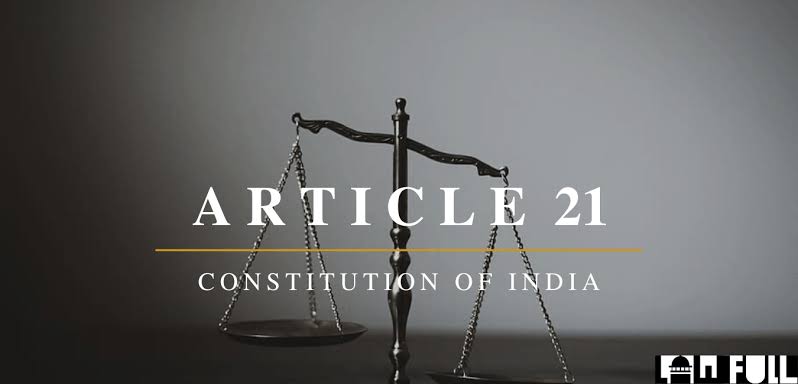
Introduction:
The Kesavananda Bharati case is one of the most significant and influential constitutional cases in the history of India. It revolved around the interpretation of the Indian Constitution, particularly the powers of Parliament to amend it. The case was heard by a 13-judge bench of the Supreme Court of India and had far-reaching implications for the balance of power between the legislative and judicial branches of the Indian government.
Background:
The case emerged during a time of political turbulence and constitutional uncertainty in India. The early 1970s saw a series of constitutional amendments by the Indian Parliament that were viewed by some as infringing on the basic structure of the Constitution. These amendments were seen as a threat to individual rights and federalism.
Key Issues:
The primary issue in the Kesavananda Bharati case was the extent of Parliament’s power to amend the Indian Constitution. It challenged the legality of the 24th Amendment Act, which sought to curtail the judicial review of constitutional amendments. The case raised questions about whether there were any limitations on the amending power of Parliament and whether the Constitution had a “basic structure” that couldn’t be altered.
The Judgment:
In a historic judgment, the Supreme Court, by a narrow margin of 7-6, held that while Parliament had the power to amend the Constitution, this power was not unlimited. The court ruled that there was a “basic structure” of the Constitution that could not be altered by amendments. This basic structure included principles of federalism, secularism, democracy, the rule of law, and the independence of the judiciary, among others.
Significance:
The Kesavananda Bharati case had several significant implications:
- Basic Structure Doctrine: The case introduced the “basic structure doctrine” in Indian constitutional jurisprudence. This doctrine serves as a safeguard against arbitrary and excessive constitutional amendments, ensuring that the core principles of the Constitution remain intact.
- Limiting Parliamentary Powers: The judgment put limitations on the amending power of the Indian Parliament, thereby preventing it from making changes that would destroy the essential framework of the Constitution.
- Preservation of Fundamental Rights: The case helped protect fundamental rights and individual liberties by preventing their arbitrary dilution through amendments.
- Judicial Independence: The verdict reinforced the independence of the judiciary by allowing it to review constitutional amendments and protect the basic structure of the Constitution.
- Federalism: The case upheld the federal nature of the Indian Constitution and preserved the distribution of powers between the center and the states.
- Rule of Law: The judgment emphasized the importance of the rule of law as a fundamental feature of the Indian Constitution.
Impact:
The Kesavananda Bharati case laid the foundation for several subsequent constitutional decisions and debates in India. It significantly influenced the judiciary’s approach to reviewing constitutional amendments. For example, in the Minerva Mills case (1980), the Supreme Court reiterated the basic structure doctrine and struck down parts of the 42nd Amendment Act. The case also played a role in limiting parliamentary power to amend the Constitution, ensuring that the fundamental features of the Indian Constitution remain unchanged.
Conclusion:
The Kesavananda Bharati vs. State of Kerala case remains a cornerstone of Indian constitutional law. It clarified that while the Parliament has the authority to amend the Constitution, this power is not absolute and cannot be used to alter the Constitution’s basic structure. This landmark judgment has had a profound impact on India’s legal and political landscape, ensuring the protection of fundamental rights, the independence of the judiciary, and the federal structure of the Constitution. It continues to shape the jurisprudence and constitutional discussions in India to this day, making it a pivotal moment in the country’s legal history.



